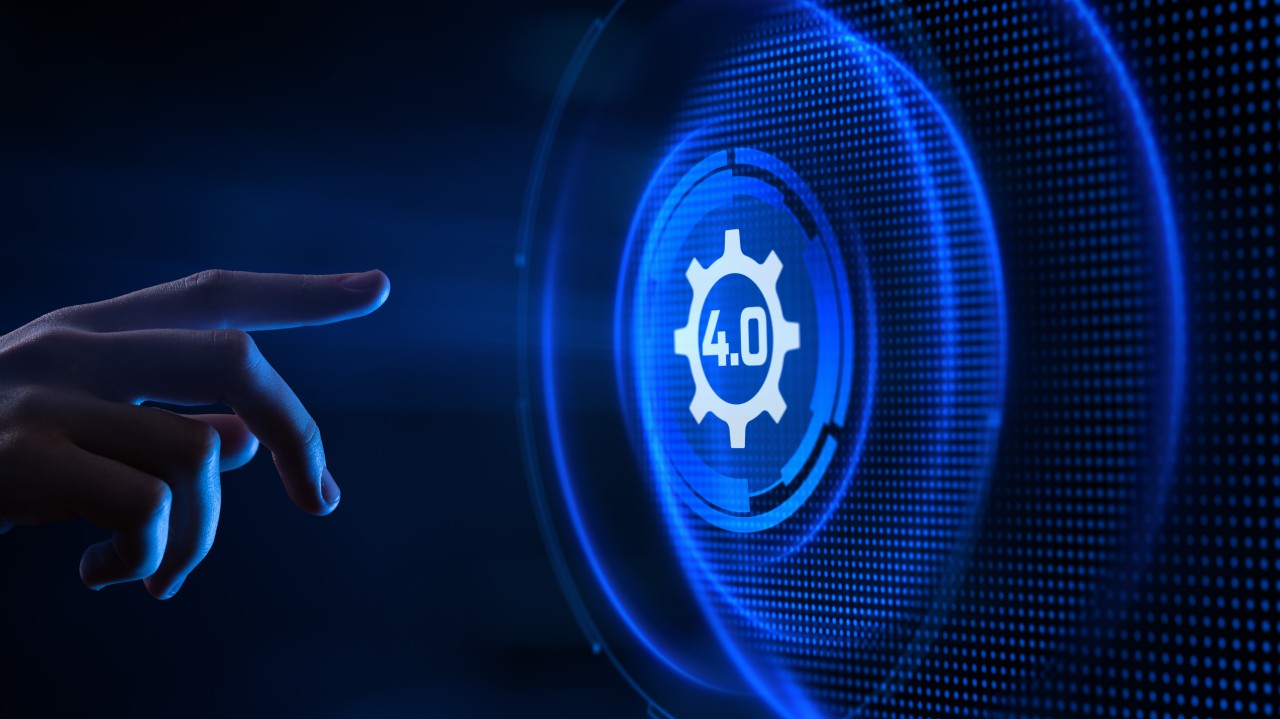|
Getting your Trinity Audio player ready...
|
By Bernard Marr
Manufacturing has always been a technology-driven industry. But now more than ever, the forces of digital transformation are impacting every business, bringing new and exciting possibilities but also a great number of challenges.
Four technologies, in particular, have the potential to be particularly revolutionary. Learning to effectively leverage them without falling foul of the potential pitfalls that come with each one can be the key to fourth industrial revolution failure or success.
Artificial intelligence (AI) and data management, 5G, digital twins, and edge computing are the essential parts of the puzzle. And this week, I had a conversation with Todd Edmunds, Global CTO of Industrial IoT and Edge Computing at Dell Technologies, to discuss these technologies and the opportunities they bring.
Edmunds has a world of experience picked up during his career, which has been spent helping customers, primarily in the manufacturing space, to evolve their level of digital maturity. The four topics we chose to cover are those which he feels are essential today. Understanding their impact and integrating them throughout an organization’s transformation journey is key to emerging as a digital-first organization, fit to face up to the challenges of the future.
So let’s take a look at each of them in a bit more depth:
Artificial Intelligence and Data Management
Data is the lifeblood of industry today. Understanding how to harness and use the wealth of information created by our increasingly digitized businesses and operations is key to understanding how to meet the needs of customers more effectively and do it in a way that is less wasteful as well as more cost-effective.
Increasingly, AI is the key to unlocking that understanding. The data is there, and we have the technology to capture it – from smart machines, internet of things (IoT) equipment, as well as our customers and workforces. The challenge is that there’s just so much of it that it’s very hard to get at the real meaning using purely traditional means like business intelligence or traditional analytics. This is why we need AI. AI – which, in a business context today, generally refers to machine learning (ML) – means analytics that are as close as it’s possible to get (yet) to having a human-level understanding of data. This means capable of understanding messy, unstructured information as well as the neat, tidy tables and databases that computers are traditionally good at analyzing.
AI – computers that can think like people – is amazing and until just a few short years ago was something you’d only really hear about in either science fiction or if you were involved in top-level academia. Today it’s very real and is having a very real impact. It’s an umbrella term for a number of technologies, including machine vision (computers that can see), natural language processing (computers that can understand and reply to us in human languages), and deep learning. But perhaps its most exciting function is how it interacts with all of the other important tech trends – enabling smarter 5G networks, intelligent edge computing devices, and more accurate, useful digital twins.
Digital Twins
A digital twin is a computer simulation of any real-world object, process, or thing. It can be as simple as a 3D model of a nail that can be used to accurately forecast how well it will stand up to being hammered into different materials, to an entire company, city – or even (one day) something as complex as a human brain.
In manufacturing, we see digital twins of machines that can be used to predict how well they will operate in different conditions and how likely they are to break down – enabling advanced operations like predictive maintenance. As mentioned above, digital twins can also be informed by AI – allowing machines to simulate millions of different situations, circumstances, and outcomes that may affect whatever is being modeled. Crucially, as Edmunds points out, digital twin models and simulations are informed by real-world data.
“That’s key,” he tells me, “It’s not just a 3D model of something; it’s a model that’s getting updated in real-time or near-real-time. It’s really important to say, ok, I’ve got a true representation of this object, this asset, this entire factory, it’s updated in real-time, so it’s what’s going on in that factory right now.”
Edmunds believes that far from being something that will only affect manufacturing or even wider industry, digital twins will permeate every area of our lives. Entire systems, from our bodies to the environments we live in, will be modeled with increasingly greater fidelity. This means we will be able to predict the outcome of anything we do with increasing certainty.
Edge Computing
Edge computing refers to the computing paradigm of collecting, analyzing, and, if necessary, acting on data as close to the source where it is generated as possible. It’s generally used to differentiate between cloud computing – where data is gathered by essentially “dumb” sensors before being transmitted to remote servers, where it will be analyzed and interpreted.
This has a number of advantages – clearly, operations can take action a lot more quickly (essential in a situation where, for example, a machine vision system is used to shut down a machine when it spots that someone’s hand has got trapped in a mechanism!)
Edmunds tells me that 81% of manufacturers surveyed by Dell say they believe edge will go down as one of the most transformative technologies ever developed in the field of computing. However, he also points out that many are missing out on the opportunities by going the wrong way about developing and deploying proof-of-concept:
“They typically go about this from a use-case point of view,” he says. “They think right, here’s a proof-of-concept, let’s put a computer somewhere, run an app on our factory floor, and we have proven the concept. The problem is only 30% [of businesses] have successfully scaled past that point … you really need to consider the foundation and look to deploy an enterprise-grade edge infrastructure approach and build that out first.”
5G
The latest generation of high-speed mobile networks offers connection speeds thousands of times quicker than previously existing networks. Although consumer 5G may still be limited to high population-density areas like city centers in many cases, industry has the opportunity to install private 5G networks today, so that huge increase in speed and bandwidth is ready for them right now.
Private 5G networks mean instantaneous and nearly unlimited transmission of data between machinery, the cloud, and edge devices on a factory floor. It’s what provides the speed of data transfer necessary for the real-time digital twin simulations we discussed previously, as well as the huge volumes of data needed for AI-powered analytics. But how is it useful for edge computing when all of the processing is done on-device? Well, one example involves a function of 5G networks called “slicing,” which allows a portion of the data network to be fenced off for a specific use case or self-contained network. This might be particularly useful for the computer vision-powered automated safety cameras we mentioned in the section on edge computing. For a safety-focused application like this, it adds an extra layer of security to know that the network it operates on is completely ring-fenced, and there’s no chance its operation will be compromised by excessive network traffic, causing lag or equipment failures in unrelated parts of the business!
“We’re at an early stage, no doubt … but 5G really gives you things like network slicing, better management, better security in a lot of cases … it’s going to be a big game-changer. You can have a smart device on your head that’s tiny, but because of the bandwidth of 5G, it harnesses the power of a giant computing cluster. That’s really going to change the game,” says Edmunds.
You can click here to watch my webinar with Todd Edmunds, Global CTO of Industrial IoT, and Edge Compute with Dell, where we cover many other issues around these four highly transformational technologies, and here to find our more about what Dell can offer.






